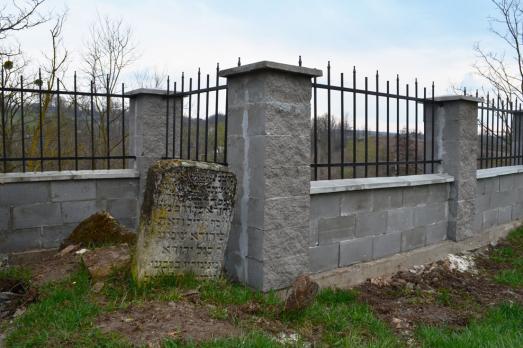
Balyn Jewish Cemetery
Balyn, UA
The exact period of the cemetery’s establishment is unknown, but the oldest preserved gravestone relates to the early 18th century. Presumably, first, it was marked on Russian maps of the 1870s.
Here you can search for a building to visit. You can use the map find destinations, or you can use the filters to search for a building based upon what different criteria.

Balyn, UA
The exact period of the cemetery’s establishment is unknown, but the oldest preserved gravestone relates to the early 18th century. Presumably, first, it was marked on Russian maps of the 1870s.
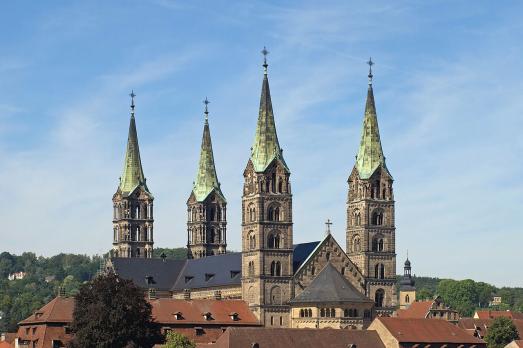
Bamberg, DE
Bamberg Cathedral was founded in 1004 by Emperor Henry II, completed in 1012 and consecrated on 6 May 1012. It was partially destroyed by fire in 1081. The new cathedral, built by Bishop Otto of Bamberg, was consecrated in 1111 and was given its present late Romanesque form in the 13th century. Among the cathedral's many works is a marble tomb, carved between 1499 and 1513, where its founder, Henry II, and his wife, Empress St. Cunigunde, rest. Another of the cathedral's treasures is the equestrian statue known as the Bamberg Horseman. The cathedral is a UNESCO World Heritage Site.
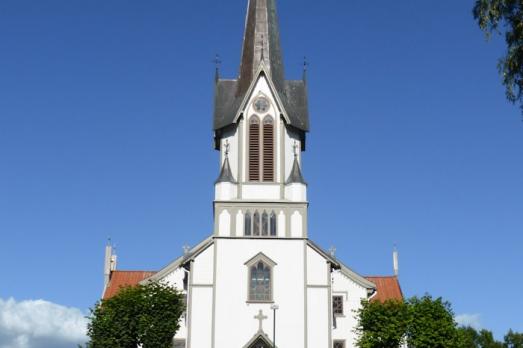
Bamble, NO
The Bamble church is considered to be the first neo-gothic church in Norway, built in 1841-45 according to drawings by Gustav Adolph Lammers. The church is a cruciform church with relatively narrow cross arms made of lathed wood with exterior cladding and details. The tower to the west was built in 1902. The interior is richly designed with neo-gothic details.
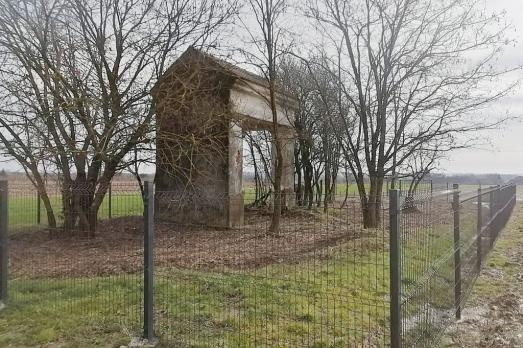
Banova Jaruga, HR
The Jewish cemetery in Banova Jaruga was established in the 19th century and was later abandoned after World War II. The oldest found burial dates to 1915, and the latest to 1933. One of the most interesting monuments in the cemetery is the Rehnicer family ohel, built at the beginning of the 20th century in the Jewish Classicism architectural style.
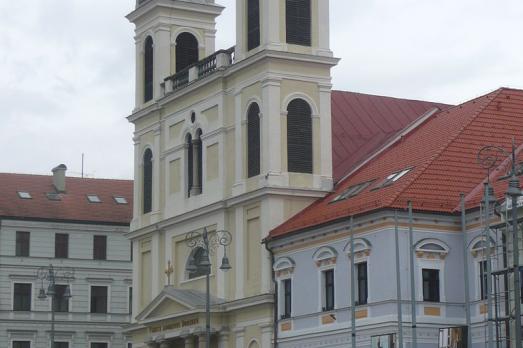
Banská Bystrica, SK
St. Francis Xavier Cathedral was built between 1695 and 1715 as a Jesuit church. In 1773, the Jesuits had to leave the church because the Jesuit order was abolished by Pope Clement XIV. In 1776, the church finally became a cathedral. In 1844, the church was enlarged and the façade was given two towers, between which a neo-classical main portal with four columns was built. In 1880, the onion domes were replaced by balustrades. In the 1970s, the interior was completely remodelled and given a new colour scheme, as was the façade.
Bant, NL
Former Roman Catholic Ludger Church , jointly owned by the Reformed Church and the Reformed Church of Bant since early 2004. Converted into a multifunctional meeting centre since 2004. (Centre for faith and meaning). Both the Reformed Church and the Reformed Church hold services there. It is also an official wedding venue of the municipality of Noordoostpolder. In 2005, a subsidy was received for the restoration of the tower.
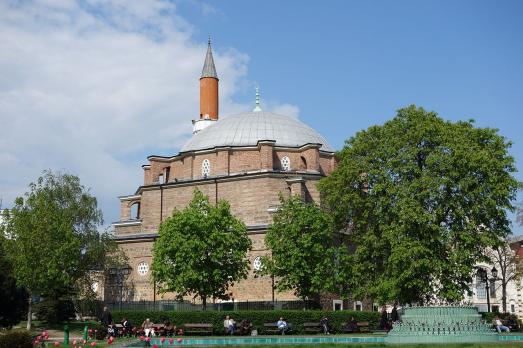
Sofia, BG
The mosque is desinged and built by the famous Ottoman architect Sinan. The main building is rectangular with the central dome and the minaret rising from the four corners. The interior of the mosque acquires its current appearance as a result of several renovations over the course of history. The current condition of the Banya Bashi mosque makes it possible to hold about 700 Muslims on Fridays, and nearly 1,200 Muslims on Eid .

Banyliv, UA
Presumably, the Jewish Cemetery of Banyliv was established in the second half of the 19th century. According to epigraphic data, it already existed in the 1870s. The cemetery was operating until WWII.

Banyliv-Pidhirnyy, UA
The cemetery is not marked on the Austro-Hungarian map of 1880s. Most probably, it emerged in early 20th century. The earliest preserved tombstone dates to 1925. The cemetery was used until WWII.
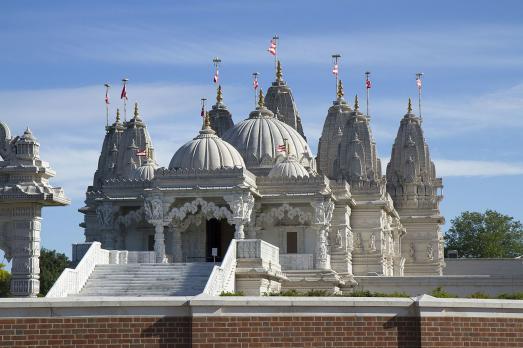
London, GB
The Shri Swaminarayan Mandir or Neasden Temple is a Hindu temple in London, owned by the Hindu world organization BAPS. Built from 1993 to 1995 in India, the temple was then assembled in London. The marble building is one of the largest Hindu temples outside Europe.

new
Nestled amidst the serene landscapes of the Harz region, lies a hidden gem for nature enthusiasts and history buffs alike - the Harz Monastery Hiking Trail. Lace up your hiking boots and embark on this captivating adventure that will transport you back in time.

The Holy Mile (Miglio Sacro) of Naples is a one-mile-long itinerary, through sacred places linked to the city's patron saint, San Gennaro, in the Rione Sanità district. Discover the city from a new perspective with this unique walking tour.

As a university city, cultural offerings abound in Tartu and will reach their peak after being designated one of three European Capitals of Culture for 2024. In this list, we've compiled the most interesting sacred places to visit in and around the old town.